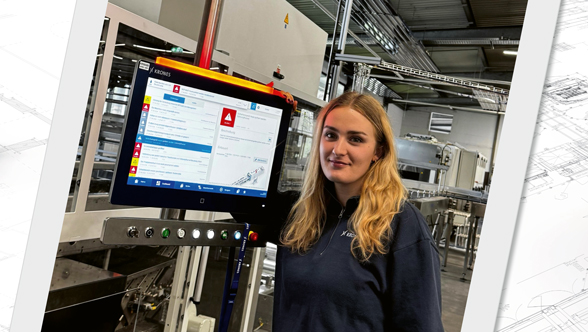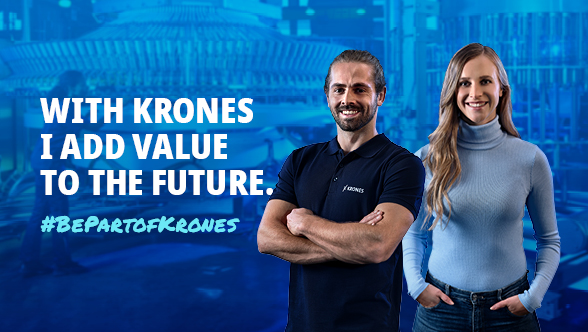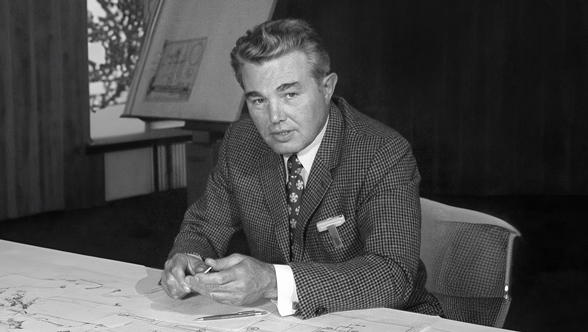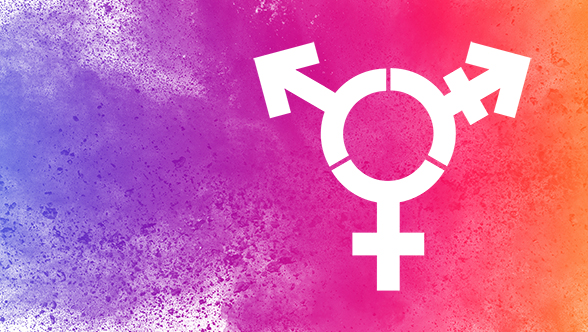For the days on which I’m a mobile worker, I take my company notebook home with me. In the morning, I simply power up my notebook and log in to my Krones account in the usual way (username and password). If I were inside the company, this would completely suffice to check my identity and assure me of access to the network. But since I’m outside it, I first have to dial into the Krones VPN, and for security reasons another identity check is required.
Today I’d like to tell you what a day back in my home office looks like – at Krones, by the way, this is called mobile working. Since my car is currently being repaired, I’m highly appreciative of this offer. And given the high traffic density around Regensburg, I likewise appreciate every day on which I don’t have to crawl along towards Neutraubling bumper to bumper. Thanks to my mobile workplace, I’m at my desk in next to no time in the mornings!
With Microsoft’s Multi-Factor Authentication (MFA), this is child’s play: all I need is my Krones Cloud identity and my current password. This triggers an approval query regarding the second factor. On my iPhone, I get a query in the Microsoft Authenticator app, asking me whether I want to issue the log-in approval. I confirm this query, and already my notebook is in the company’s network. I’ve installed and set up the Authenticator app on my private iPhone, since I don’t need a business iPhone. If you don’t want to install an app, then alternatively you can simply select the function with a phone call. This means you then get a call that you need to accept and confirm with the #-key. It’s up to you.
Then Skype for Business starts automatically on my system, where a green tick indicates my availability, and I’m able to inform all colleagues in the status function that I am a mobile worker today. That way they already know that I won’t be at my usual workplace. Mostly I write a chat message with a “Good morning” to one of my assistant colleagues, telling her that I am now ready to answer all queries. If calls for me arrive on the landline telephone at my workplace, then my colleagues answer these and tell the caller that I can be reached by Skype Call, chat message or email. In future, even this will not be necessary, since with Avaya Equinox or Microsoft Teams a landline telephone will become superfluous, and I can use them to manage all my calls. I shall be writing another article on this.
Almost like in the office – the daily work routine
I can now devote myself to my daily routine, which starts by holding a coordinated meeting with my boss. And how does this work when we’re not sitting opposite each other? Nothing simpler – my boss calls me up on Skype and enables his screen. This means I can see what workflows he’s got in his to-do list, can observe what he approves or where he’s still got some questions. We discuss his appointment diary, and the open emails in his inbox. Same procedure as every day.
Following this consultation, I start working on my own tasks. I answer my emails, agree and dispatch appointment dates in Outlook. I create order requests in SAP or book a flight and hotel through our e-travel system.
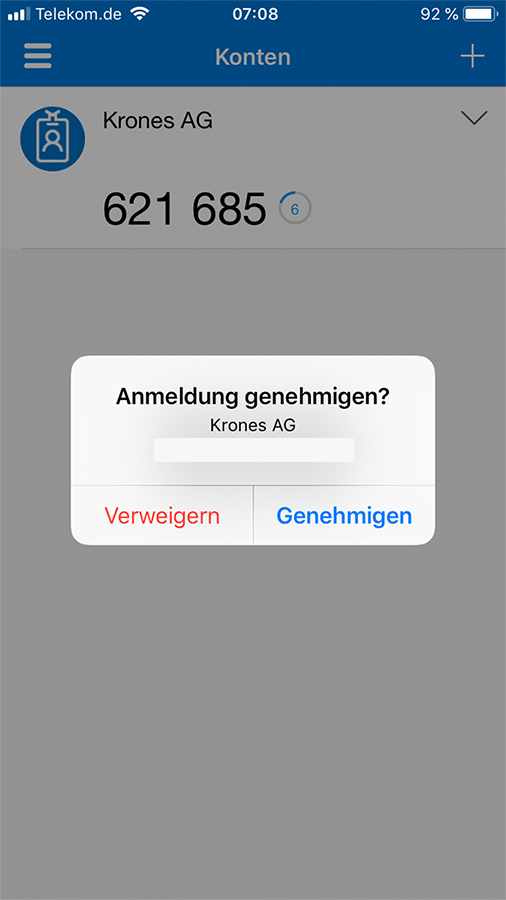
Since I have a very good internet link, there are no discernible shortfalls in performance, either. As far as I’m concerned, it feels just like sitting at my workplace in the office. Well – not quite. I’m even more productive since I’m never disturbed. I find that tasks that I have to perform with full concentration are ideally suited for the home office. Or (like now) writing this blog article. This is impossible at the workplace in normal office hours.
My colleague, too, who is principally responsible for travel management in our department, works from home one day a week. She doesn’t have a company notebook and uses her private PC. How does this work? In the morning, she powers up her private PC, and in the browser enters the address for access to our Citrix server farm. As is the case for me, there she logs in using multiple-factor authentication. Having logged in successfully, she works with a virtual desktop. This means the application constitutes a fully-fledged Windows workplace, featuring all the applications she needs (Outlook, Office programs, SAP, intranet). So you don’t necessarily need a company notebook to be a mobile worker.
This March, I shall be attending an Office 365 Modern Workplace Assistant Summit at Microsoft in Munich, themed around the workplace of the future. I shall be interested to hear news of the latest innovations. But I can already reveal this much: we at Krones are also currently occupied with the introduction of Microsoft Teams. So you can look forward to my follow-up article on mobile working, in which I shall be reporting on Avaya Equinox and Microsoft Teams, for example.


